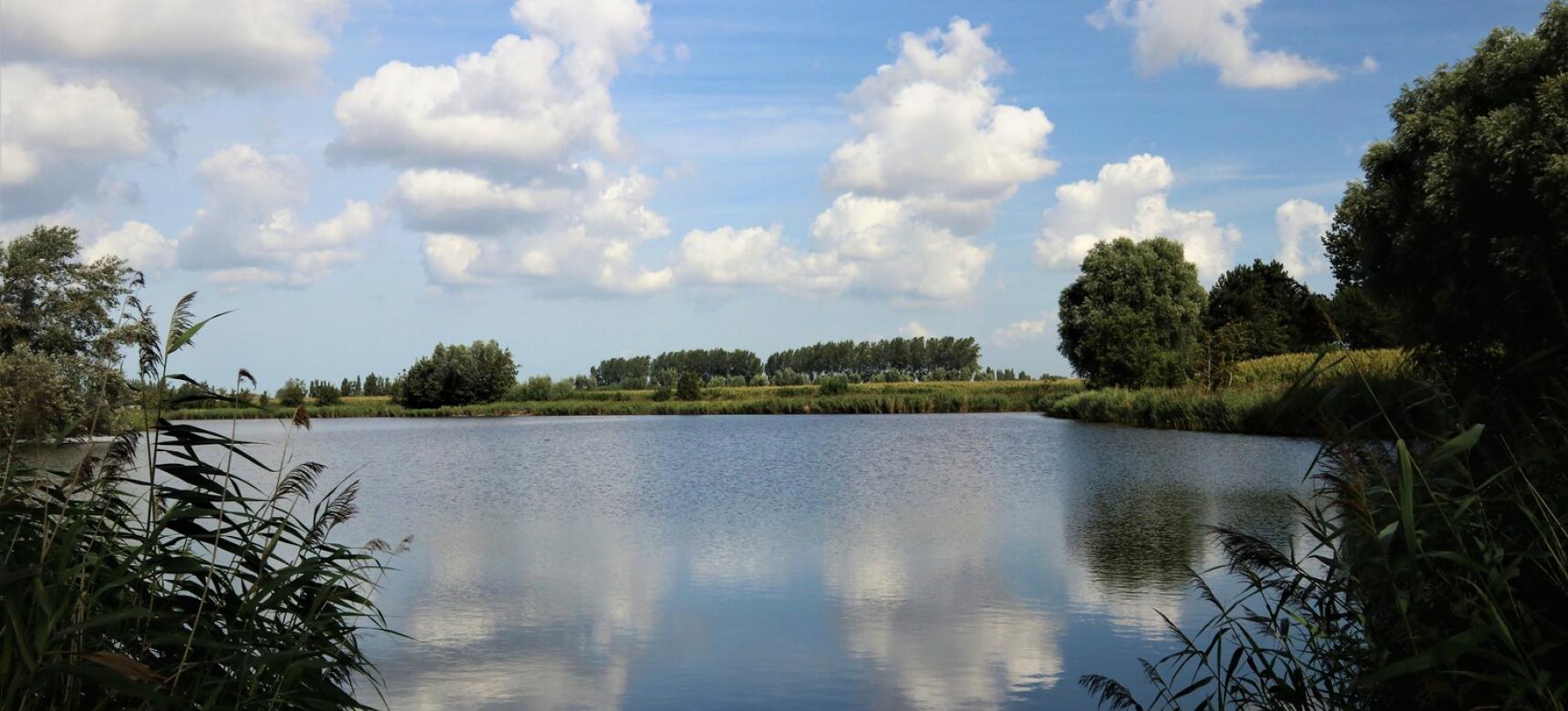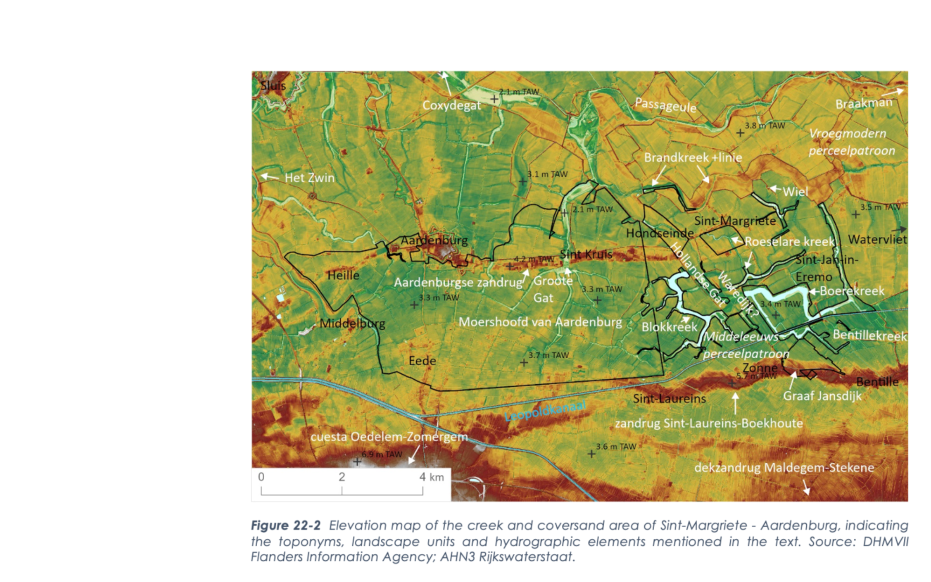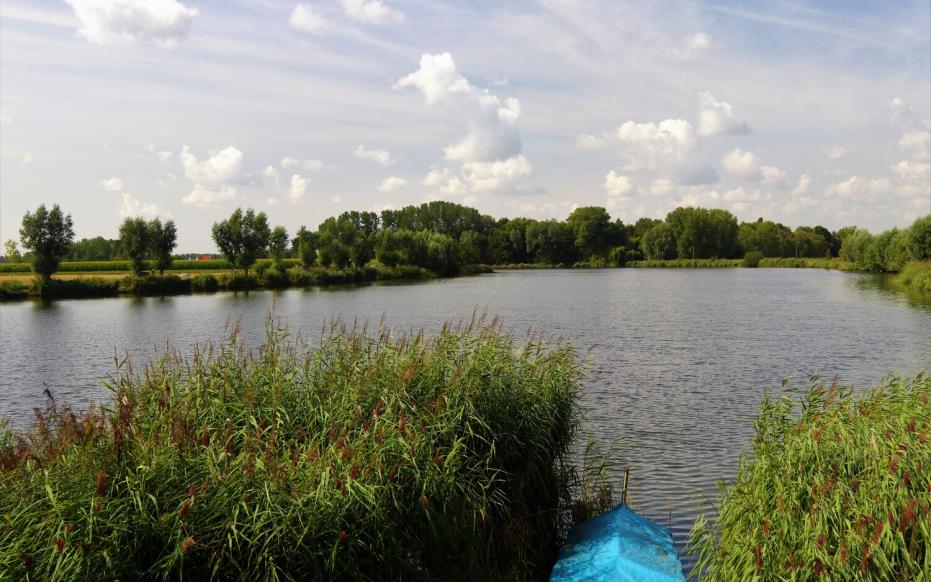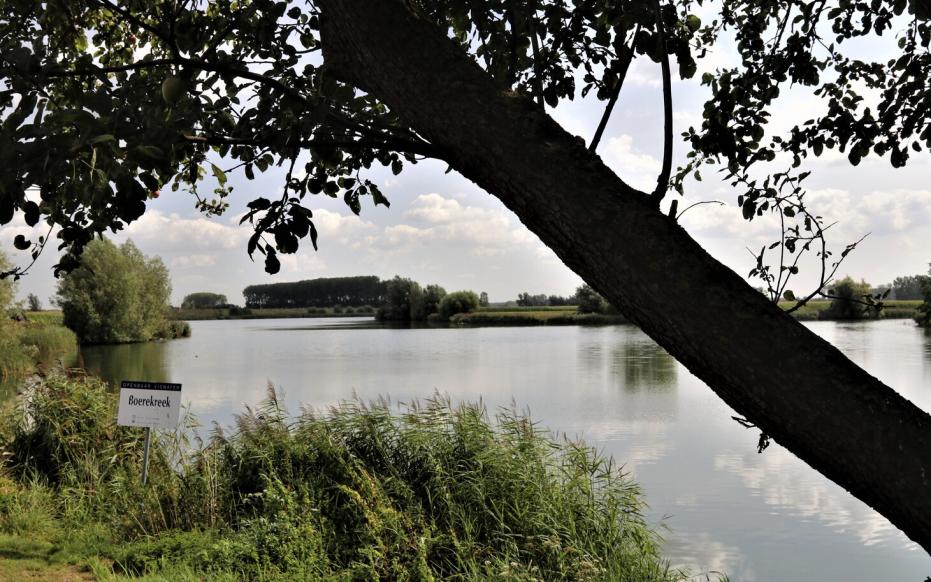Sea level rise & reclamation
Sea level rise during the Holocene also pushed up groundwater in the geosite. This created marsh vegetation in the depressions between sand ridges. Where this groundwater bubbled up, peat developed on the cover sand. It is currently believed that peat certainly occurred north of the northernmost Aardenburg sand ridge. Human land use is not visible in this creek area until the Middle Ages. Due to deforestation, the wasteland was used as grazing land for sheep. Systematic reclamation of the present creek area only started at the end of the medieval reclamation period.



